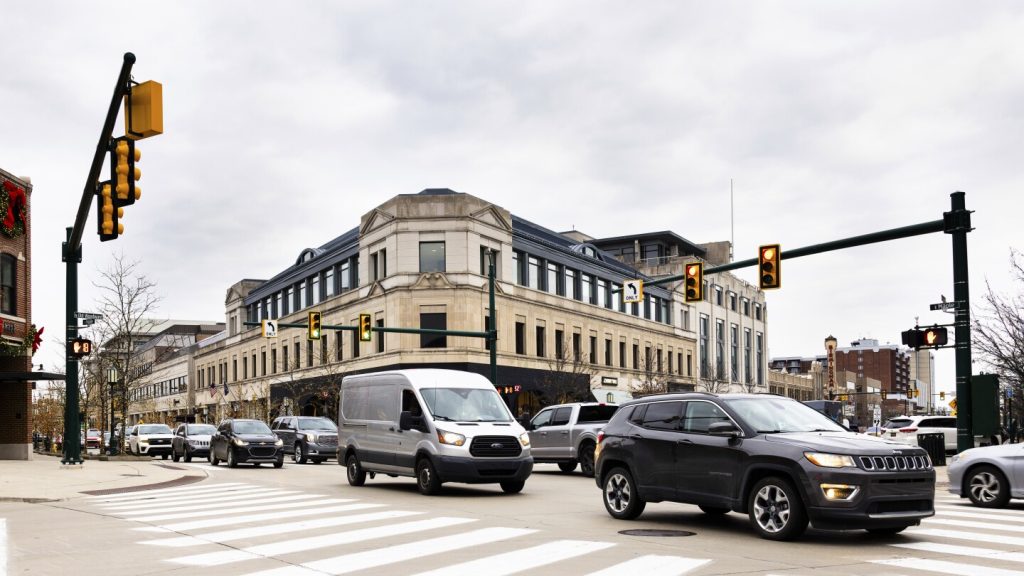As cars and trucks become more advanced, researchers are exploring ways to revolutionize traffic control systems. The traditional red, yellow, and green traffic lights could soon be replaced by a new system that utilizes features in modern cars, such as GPS, to make traffic safer and more efficient. Henry Liu, a civil engineering professor at the University of Michigan, believes that the rollout of a new traffic signal system could be closer than people realize, thanks to the rapid progress of artificial intelligence.
In the early 20th century, traffic lights underwent minimal changes in the U.S. As major cities adopted electrical traffic signals, such as the two-light system in Cleveland in 1914, the basic red and green lights remained the norm for decades. However, the rise of connected and automated vehicles has opened up new possibilities for traffic signals, prompting researchers like Ali Hajbabaie from North Carolina State University to propose adding a fourth light – possibly white – to indicate when autonomous vehicles can take control at intersections.
Hajbabaie’s team used model cars to simulate how this new system could work, suggesting that drivers would follow the vehicle in front of them when the white light is active. While this concept is still years away from implementation and would require a significant percentage of self-driving vehicles on the road, Waymo spokesperson Sandy Karp pointed out that their autonomous ride-sharing service in Los Angeles and Austin functions without the need for a fourth traffic light. Policymakers and infrastructure owners are advised to be cautious about making premature investments in AV-specific technology.
In contrast to Hajbabaie’s approach, University of Michigan researchers are focusing on using data from General Motors vehicles to optimize traffic light timings in real-time. A pilot program conducted in the Detroit suburb of Birmingham showed promising results in reducing congestion by adjusting green light timings based on vehicle speed and location data. This method, which relies on connected vehicles with drivers rather than fully autonomous ones, could potentially be implemented on a wider scale sooner than systems like Hajbabaie’s proposal.
The Michigan researchers received a grant from the U.S. Department of Transportation to further test and refine their traffic light optimization system. By leveraging existing data from vehicles, cities like Birmingham can improve traffic flow without the need for costly infrastructure upgrades. The success of this pilot program in Birmingham has paved the way for similar initiatives in other locations, showcasing the potential for data-driven solutions to enhance transportation systems without significant investments in new technology.
Overall, the future of traffic signal systems is at a crossroads, with researchers and engineers exploring innovative approaches to make traffic flow more efficient and safe. Whether through adding new lights to indicate autonomous vehicle control or utilizing data from connected vehicles to optimize signal timings, the evolution of traffic management is well underway. With advancements in technology and collaboration between researchers, policymakers, and industry stakeholders, the next phase of traffic signal systems could revolutionize transportation in ways we have yet to imagine.


